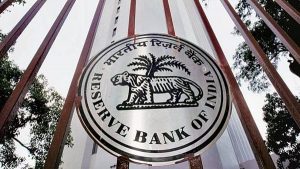Sovereign Green Bonds : Study

The Reserve Bank of India (RBI) recently green-lighted investments in the country’s Sovereign Green Bonds (SGrBs) by Foreign Institutional Investors (FIIS).
- A green bond is a debt security that is issued to raise capital to support climate-related or environmental projects, according to the World Bank.
- SGBs are issued by governments to raise resources for such projects.
- In India, the Union Budget 2022-23 announced the issue of SGrBs.
- The government’s framework is based on the International Capital Market Association’s (ICMA) listed principles for issuing green bonds, which has four components:
- Use of proceeds, project evaluation and selection, management of proceeds and reporting.
- The government said the bonds’ proceeds will be used for green projects that:
- Encourage energy efficiency
- Reduce carbon emissions and greenhouse gases
- Promote climate resilience and/or adaptation
- Improve natural ecosystems and biodiversity, especially in accordance with the principles of sustainable development goals
- The framework listed investments in solar, wind, biomass and hydro energy projects, and urban mass transportation projects such as metro rail, green buildings, pollution prevention and control projects.
- The government excluded projects such as fossil fuels, nuclear power generation and direct waste incineration.
- The eligible expenditure is limited to government spending that occurred not more than 12 months prior to issuance. The proceeds should be allocated to projects within 24 months of issuing the bonds.
- If an eligible green project is postponed or cancelled, it will be replaced by another eligible green project.




